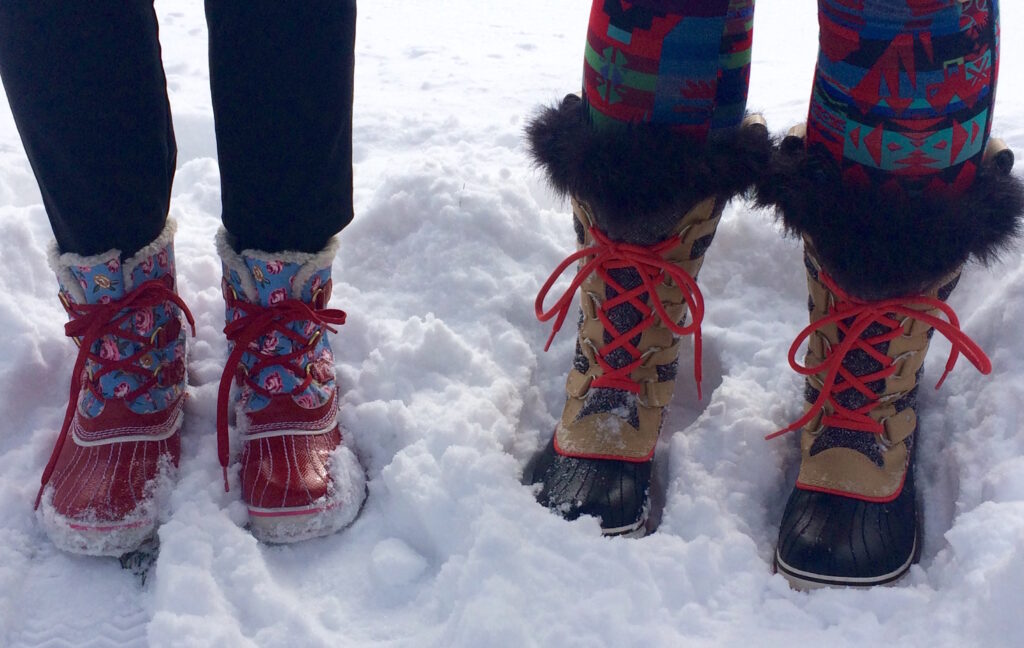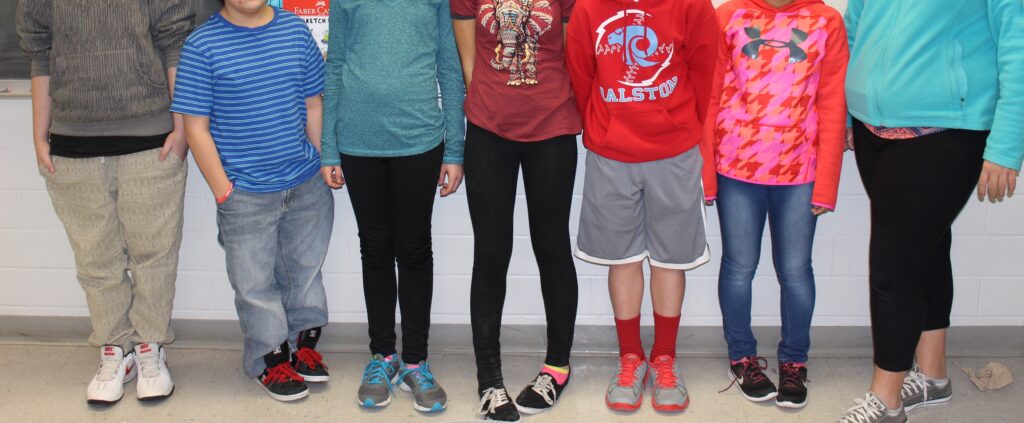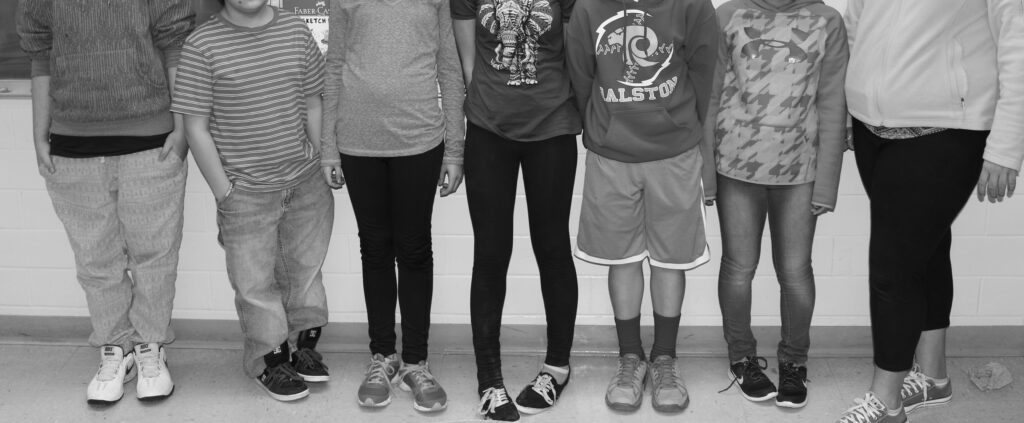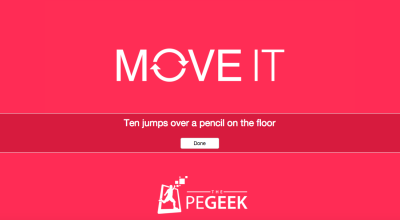While it’s no question the snowy days of winter take a toll on our energy levels, research points to the hazardous effects of a sedentary lifestyle. Some businesses are even moving toward standing and treadmill desks! Luckily, as art teachers, we are able to keep moving throughout the day. Between loading the kiln, prepping materials, and making our rounds with students, it’s rare to find an art teacher sitting at a desk. But, can the same be said for our students?

Here are 5 ways to get your students moving.
1. Make Movement Part of a Lesson
Creating an art activity to encourage movement is a simple way to start. Begin with the concept you are teaching. For instance, when teaching elementary art, my kindergarten and 1st graders participated in what I called “Line-aerobics.” During this activity, we discussed line as an element of art. Students were asked to make different lines (zigzag, curvy, straight, squiggle, etc) using their bodies. It became so engaging the kids often forgot they were learning!
Something more appropriate at the secondary level is teaching color through movement. My favorite way of doing this uses the colors of clothing students are wearing. For example, when discussing value, students can line up from lightest to darkest value according to shirt color. If you want to throw in an obstacle, challenge them to do it without talking! This activity requires problem-solving and teamwork, as students won’t always agree. I always end the activity by snapping a black and white photo to demonstrate their success.


2. Use Brain Breaks
Those of you at the elementary level know cold winter days mean more indoor recess time. With all the extra built up energy, it can be challenging for students to focus and work. GoNoodle is full of both fun and educational videos to encourage movement and give students the little brain break they need. Better yet, it’s free to use! Videos vary in length allowing enough time to get in all your art making.
3. Have Your Students Stand
Inviting students to stand is a way to get students on their feet and to regain their attention. During an artist presentation or while viewing artwork, I sometimes ask everyone to push in their chairs and stand. As a result, they usually re-engage.
How often do you, as a practicing artist, like to stand as you create your work? I’m definitely a stander, and some students would rather stand and work as well. It is not always practical to have easels readily available. Instead, consider talking to your band or music teachers – they might have a few old music stands you could use.
4. Think About the Placement of Materials
How do you handle the retrieval of materials in your classroom? Are you putting in all the extra work to distribute artwork and materials? A simple way to get your students moving is to strategically place materials around the room so they have to get up. Save yourself a little energy and teach students responsibility by having them pass out and manage the supplies they need.
5. Try “Move It”

Sometimes we need reminders. “Move It” is a Google Chrome extension that reminds you to get up and move. It acts as a timer that goes off on your computer. You can set the time intervals to your choosing and an activity will be suggested. I often incorporate my own art-related activity like “take a full lap around the room to check out classmates’ work.” This allows for movement and a chance to inspire new ideas.
The next time your students are looking a little lethargic or need to burn off some energy, try one of the ideas above. You’ll help your students regain focus and be able to settle back into their work.
Do you consciously make an effort to get your students moving more?
What methods have you used to encourage student movement?
Magazine articles and podcasts are opinions of professional education contributors and do not necessarily represent the position of the Art of Education University (AOEU) or its academic offerings. Contributors use terms in the way they are most often talked about in the scope of their educational experiences.





